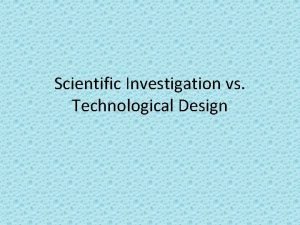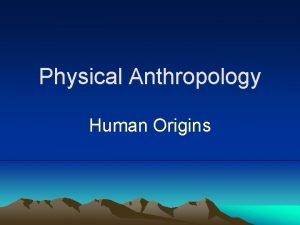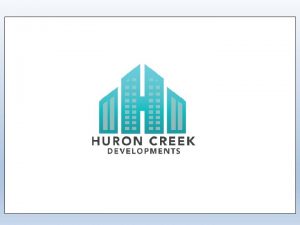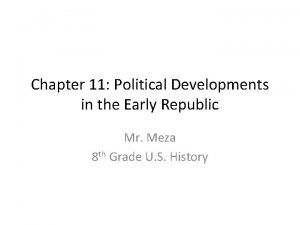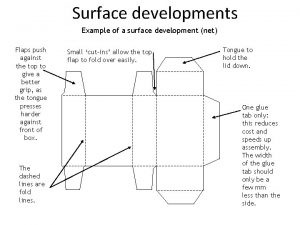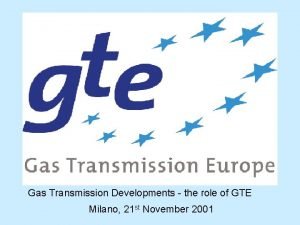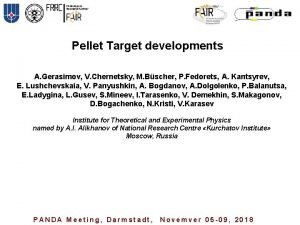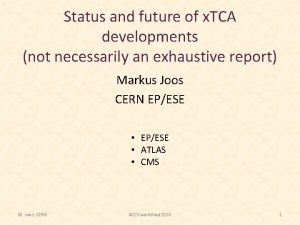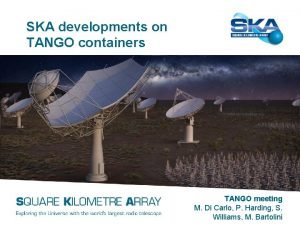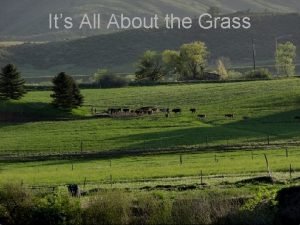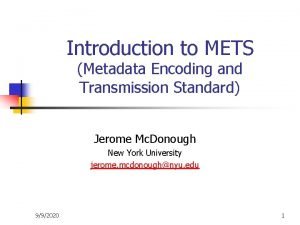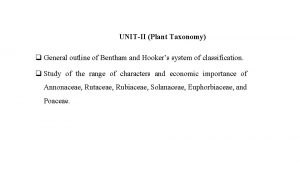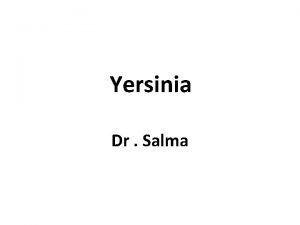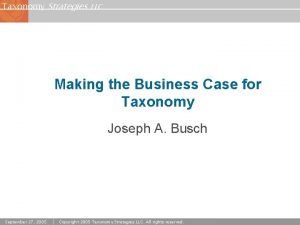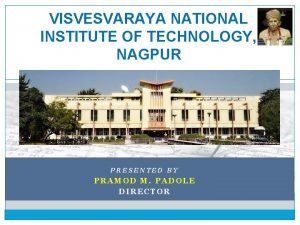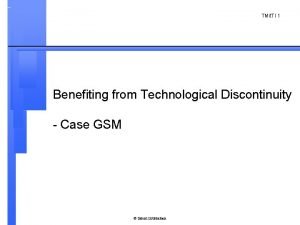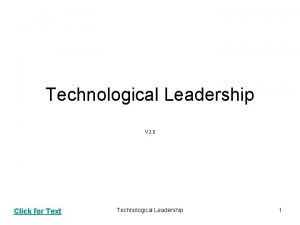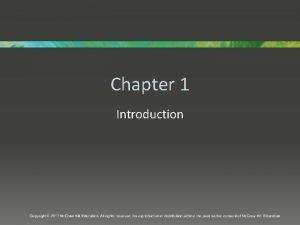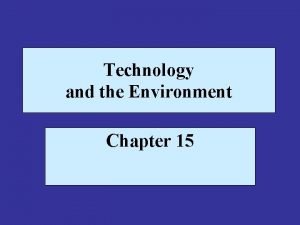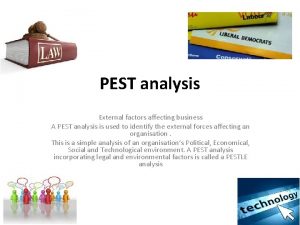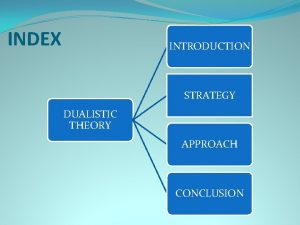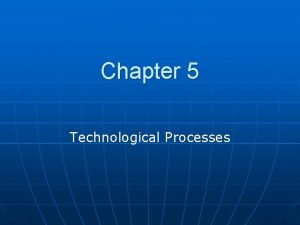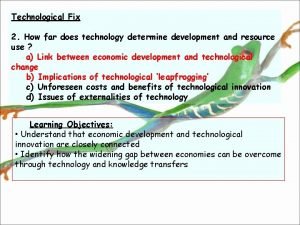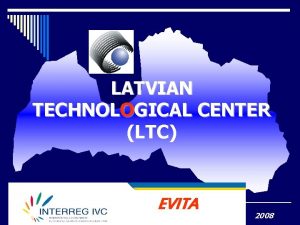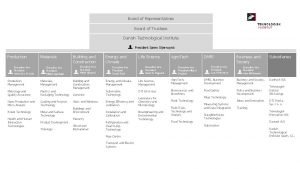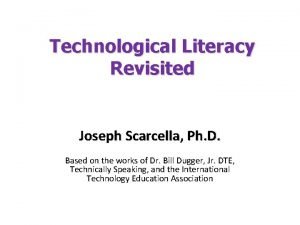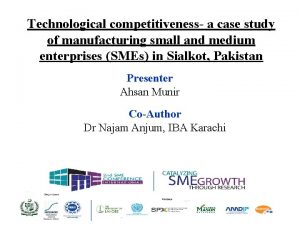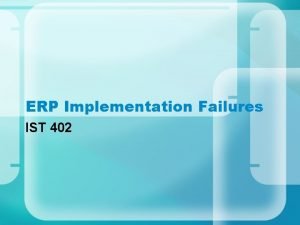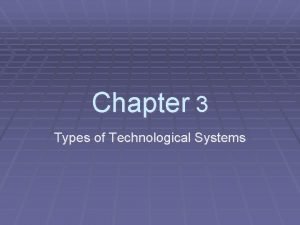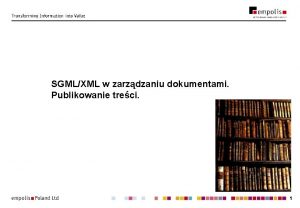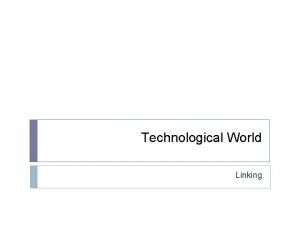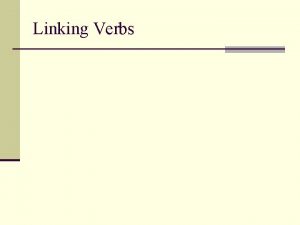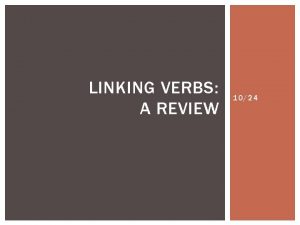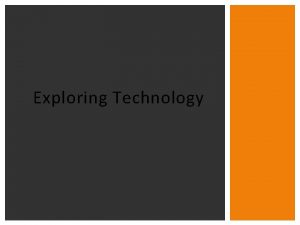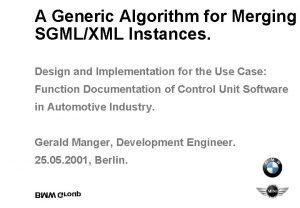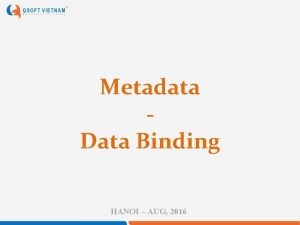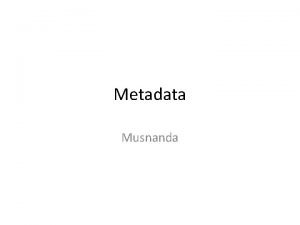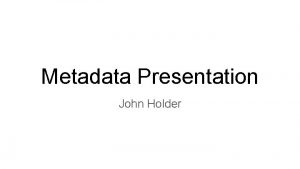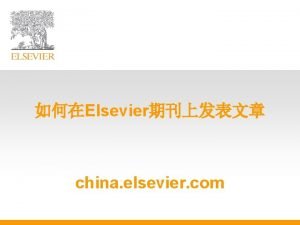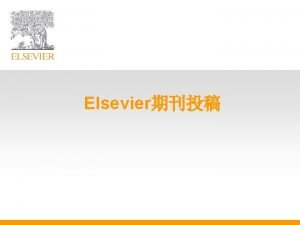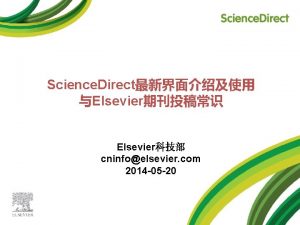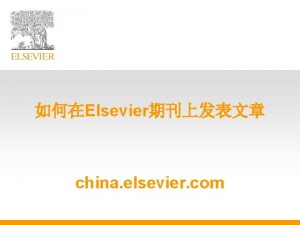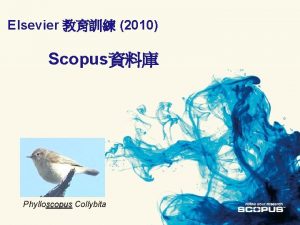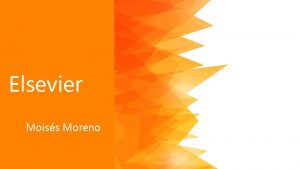SGMLXML Metadata and Linking Technological developments at Elsevier
































































- Slides: 64

SGML/XML, Metadata and Linking Technological developments at Elsevier Science Paul Mostert Senior Technology Manager Science. Direct Sponsored by www. sciencedirect. com

Overview n Historical Context n Implications of the move from Paper to Electronic: Structure versus Presentation n Linking and Cross. Ref n Direct Linking to Science. Direct www. sciencedirect. com 2

Anno 1637 Print publication by the brothers Elsevier, Leyden, The Netherlands, 364 years ago Still available in the Leyden University Library www. sciencedirect. com 3

Anno 1979 Electronic publication, also Leyden, The Netherlands, 22 years ago Not available in the Leyden University Library or anywhere else (Luckily I made a printout !) www. sciencedirect. com 4

Digital information lasts forever www. sciencedirect. com 5

Digital information lasts forever or 5 years, whichever comes first Jeff Rothenberg, Rand Corporation, USA www. sciencedirect. com 6

Accepted manuscript Xenopus kidney hyaluronidase-1 (XKH 1), a novel type of membrane-bound hyaluronidase solely degrades hyaluronan at neutral p. H Stephan Reitinger, Johannes Müllegger, Günter Lepperdinger* Institute of Molecular Biology, Austrian Academy of Sciences, Billrothstr. 11, A-5020 Salzburg, Austria Edited by Pierre Jolles *Corresponding author. NIH/NICHD/LMG/SVD, Bethesda, MD 20892, USA. Fax: (1)301 -496 0243. E-mail address: lepperdg@mail. nih. gov (G. Lepperdinger). Abstract In search for Xenopus laevis hyaluronidase genes, a c. DNA encoding a putative PH-20 -like enzyme was isolated. In the adult frog, this m. RNA was only found to be expressed in the kidney and therefore named XKH 1. When expressed by means of c. RNA injection into frog oocytes, XKH 1 solely exhibited at physiologic ionic strength hyaluronidase activity at neutral p. H and in weakly acidic solutions. The enzyme was inactive below p. H 5. 4. In addition to hyaluronic acid hydrolysis, chondroitin sulfate also was degraded at low yield as assessed by fluorophoreassisted carbohydrate electrophoresis analysis of the degradation products. The enzyme is sorted to the outer surface of the cell membrane of XKH 1 expressing oocytes. From there, it could not be removed by phospholipase C nor was secreted hyaluronidase activity detectable. We conclude that XKH 1 represents a membrane-bound hyaluronan-degrading enzyme exclusively expressed in cells of the adult frog kidney where it either may be involved in the reorganization of the extracellular architecture or in supporting physiological demands for proper renal functions. Key words Hyaluronan; Hyaluronidase; PH-20; Kidney www. sciencedirect. com 7

Article in Print www. sciencedirect. com 8

The traditional publishing process Manuscript Print stylesheet structuring editing typesetting Article in print presentation www. sciencedirect. com 9

Accepted manuscript Xenopus kidney hyaluronidase-1 (XKH 1), a novel type of membrane-bound hyaluronidase solely degrades hyaluronan at neutral p. H Stephan Reitinger, Johannes Müllegger, Günter Lepperdinger* Institute of Molecular Biology, Austrian Academy of Sciences, Billrothstr. 11, A-5020 Salzburg, Austria Edited by Pierre Jolles *Corresponding author. NIH/NICHD/LMG/SVD, Bethesda, MD 20892, USA. Fax: (1)301 -496 0243. E-mail address: lepperdg@mail. nih. gov (G. Lepperdinger). Abstract In search for Xenopus laevis hyaluronidase genes, a c. DNA encoding a putative PH-20 -like enzyme was isolated. In the adult frog, this m. RNA was only found to be expressed in the kidney and therefore named XKH 1. When expressed by means of c. RNA injection into frog oocytes, XKH 1 solely exhibited at physiologic ionic strength hyaluronidase activity at neutral p. H and in weakly acidic solutions. The enzyme was inactive below p. H 5. 4. In addition to hyaluronic acid hydrolysis, chondroitin sulfate also was degraded at low yield as assessed by fluorophoreassisted carbohydrate electrophoresis analysis of the degradation products. The enzyme is sorted to the outer surface of the cell membrane of XKH 1 expressing oocytes. From there, it could not be removed by phospholipase C nor was secreted hyaluronidase activity detectable. We conclude that XKH 1 represents a membrane-bound hyaluronan-degrading enzyme exclusively expressed in cells of the adult frog kidney where it either may be involved in the reorganization of the extracellular architecture or in supporting physiological demands for proper renal functions. Key words Hyaluronan; Hyaluronidase; PH-20; Kidney www. sciencedirect. com 10

Structured version (SGML/XML) <ART VERSION="4. 2. 0" JTL="EPSL" PII="S 0014579301028137" ARTTY="FLA" LANGUAGE="EN"> <FM><ATL><I>Xenopus</I> kidney hyaluronidase – 1 (XKH 1), a novel type of membrane– bound hyaluronidase solely degrades hyaluronan at neutral p. H</ATL> <AUG><AU><FNM>Stephan</FNM><SNM>Reitinger</SNM><ORF ID="a”/></AU> <AU><FNM>Johannes</FNM><SNM>Mü llegger</SNM><ORF ID="a”/></AU> <COR><AU><FNM>Gü nter</FNM><SNM>Lepperdinger</SNM> <ORF ID=“a”/></AU></COR> <AFF><OID ID="a">Institute of Molecular Biology, Austrian Academy of Sciences, Billrothstr. 11<CTY>A– 5020 , Salzburg</CTY><CNY>Austria</CNY></AFF> </AUG> <RE DAY=“ 9" MO="7" YR="2001"/> <RV DAY="2" MO="8" YR="2001"/> <ACC DAY="10" MO="8" YR="2001"/> <ABS LANGUAGE="EN"><P>In search for <I>Xenopus laevis</I> hyaluronidase genes, a c. DNA encoding a putative PH– 20– like enzyme was isolated. In the adult frog, this m. RNA was only found to be expressed in the kidney and therefore named XKH 1. When expressed by means of c. RNA injection into frog oocytes, XKH 1 solely exhibited at physiologic ionic strength hyaluronidase activity at neutral p. H and in weakly acidic solutions. The enzyme was inactive below p. H 5. 4. In addition to hyaluronic acid hydrolysis, chondroitin sulfate also was degraded at low yield as assessed by fluorophore– assisted carbohydrate electrophoresis analysis of the degradation products. The enzyme is sorted to the outer surface of the cell membrane of XKH 1 expressing oocytes. From there, it could not be removed by phospholipase C nor was secreted hyaluronidase activity detectable. We conclude that XKH 1 represents a membrane – bound hyaluronan– degrading enzyme exclusively expressed in cells of the adult frog kidney where it either may be involved in the reorganization of the extracellular architecture or in supporting physiological demands for proper renal functions. </P> </ABS> <KWDG><KWD>Hyaluronan</KWD><KWD>Hyaluronidase</KWD> <KWD>PH– 20</KWD><KWD>Kidney</KWD> </KWDG> </FM> www. sciencedirect. com 11

Hierarchical structure of an article as defined in the Article DTD (simplified) www. sciencedirect. com 12

Article in print presentation www. sciencedirect. com (PDF) 13

Article in ‘Web’ presentation www. sciencedirect. com (Science. Direct) 14

Article in print presentation (PDF) In-depth reading, note-taking Portable Serendipity Print quality / resolution Versatility in sizes www. sciencedirect. com 15

Article in ‘Web’ presentation (Science. Direct) Searching, browsing, scanning, surfing, glancing, verifying Speed Restrictive screen dimensions www. sciencedirect. com 16

Article in ‘Web’ presentation (SD On. Site – Taiwan) Searching, browsing, scanning, surfing, glancing, verifying Speed Restrictive screen dimensions www. sciencedirect. com 17

Article in ‘Web’ presentation (SD On. Site – CSIRO ) Searching, browsing, scanning, surfing, glancing, verifying Speed Restrictive screen dimensions www. sciencedirect. com 18

Content + Structure + Styling = Presentation Manuscript editing structuring Article DTD SGML file according to article structure Print stylesheet typesetting formatting Article in print presentation Article in Web presentation www. sciencedirect. com Web stylesheet 19

Structure versus Content n Structure defines l Document Type Definition (DTD) u the boilerplate / template u compare l the empty tax form l the instructions for authors n Content is an instance l SGML/XML documents u the instantiation / publication u compare the filled-in tax form l the manuscript in accordance with the instructions for authors l www. sciencedirect. com 20

Stylesheets enable Presentation n A stylesheet defines how the elements in a structure (=DTD) should be represented for a particular output device l Paper print Article title new page, large & bold typeface, centered Author smaller italic typeface Body text two columns l Web Article title bold sans serif typeface, blue, left aligned Author roman serif typeface, Body text interpret as <a mailto: > one column www. sciencedirect. com 21

SGML instantiates ……… <authorgroup> <author> <firstname>Jan</firstname> <lastname>Jansen</lastname> <email>JJansen@Leiden. Univ. nl</email> </author> <firstname>Piet</firstname> <lastname>Pietersen</lastname> <suffix>Jr. </suffix> </author> <firstname>Christian<initial>Chr</intial></firstname> <lastname>Klaassen</lastname> </authorgroup> ………. . www. sciencedirect. com 22

Flexibility in presentation styling n Full details as used in article Jansen , Pietersen Jr. and Christian Klaassen n Initialized as used in Table of Contents J. Jansen, P. Pietersen & Chr. Klaassen n Shortened for bibliographies (more than two et al) J. Jansen, P. Pietersen et. al. www. sciencedirect. com 23

SGML difficulties n Structure n Presentation www. sciencedirect. com 24

Linking and Cross. Ref www. sciencedirect. com

www. sciencedirect. com 26

Science. Direct Journal Issue Article links within article reference www. sciencedirect. com 27

clicking on reference 90. . . www. sciencedirect. com 28

. . . brings you to this particular citation in the “References” section of the article www. sciencedirect. com 29

you are able to link to full articles within the same or other journals. . . www. sciencedirect. com 30

Science. Direct Journal Issue Article links within article reference link www. sciencedirect. com Another Abstract or Article 31

for instance, selecting one. . . www. sciencedirect. com 32

. . brings you directly to the cited article www. sciencedirect. com 33

“Cited by. . . ” www. sciencedirect. com 34

Science. Direct “Cited by. . . ” Journal Issue Article links within article “cited by” link reference link www. sciencedirect. com Another Abstract or Article 35

“Cited by. . . ” www. sciencedirect. com 36

… links to all the articles that cite the target article www. sciencedirect. com 37

let’s return to the original article. . . www. sciencedirect. com 38

we are now about to “cross the border” and request an article from another publisher’s website www. sciencedirect. com 39

we are now about to “cross the border” and request an article from another publisher’s website Science. Direct Journal Issue Article links within article “cited by” link another website reference link www. sciencedirect. com Article Another Abstract or Article outbound link 40

we are now about to “cross the border” and request an article from another publisher’s website the crossref link identifies the article as an “externally” available document select the Cross. Ref link in Science. Direct www. sciencedirect. com 41

. . . after which you arrive at the abstract page in the external website where you can view the full article. . . www. sciencedirect. com 42

this was a link FROM Science. Direct via Cross. Ref TO an external website Science. Direct Journal Issue Article links within article “cited by” link another website reference link www. sciencedirect. com Article Another Abstract or Article outbound link 43

now the reverse: FROM an external website TO an article in Science. Direct another website Journal Issue Article links within article inbound link “cited by” link another website reference link www. sciencedirect. com Abstract or Reference Article Another Abstract or Article outbound link 44

now the reverse: FROM an external website TO an article in Science. Direct FROM the website of another publisher or. . . FROM the website of your own library in this example we will use Bio. Med. Net to find a journal. . . www. sciencedirect. com 45

. . . select a journal. . . www. sciencedirect. com 46

. . . select an article. . . www. sciencedirect. com 47

. . . after which you arrive at the requested article www. sciencedirect. com 48

Relationships without Cross. Ref www. sciencedirect. com 49

Relationships with Cross. Ref www. sciencedirect. com 50

Cross. Ref n Supported by PILA (Publishers International Linking Association) At 24 October 2001: n Contains 5, 327 journals spanning 3, 604, 283 records n Organisations participating in Cross. Ref l l 85 Members (Publishers, Societies, etc) 12 Affiliates 6 Agents 5 Library affiliates n 63 active depositors n 16 publishers creating reference links www. sciencedirect. com 51

Cross. Ref - A level playing field Cross. Ref ensures linking arrangements are n Comprehensive (industry wide initiative) n Reciprocal (access to all participating partners full text) n Scaleable (rationalises contracts into one agreement n Extensible (links can be configured across partners and products) n Liberal - STM publishers committed to making journal functionality available to all subscribers www. sciencedirect. com 52

Deposition of articles in Cross. Ref www. sciencedirect. com 53

Direct Linking to Science. Direct www. sciencedirect. com

Linking to Science. Direct n Link to a Journal Home Page l http: //www. sciencedirect. com/science/journal/<ISSN> l Molecular Brain Research - ISSN 0169 -328 X u http: //www. sciencedirect. com/science/journal/0169328 X u See http: //support. sciencedirect. com for Science. Direct coverage and other journal details www. sciencedirect. com 55

www. sciencedirect. com 56

Linking to Science. Direct n Link to a Journal Home Page l http: //www. sciencedirect. com/science/journal/<ISSN> l Molecular Brain Research - ISSN 0169 -328 X u http: //www. sciencedirect. com/science/journal/0169328 X u See http: //support. sciencedirect. com for Science. Direct coverage and other journal details www. sciencedirect. com 57

www. sciencedirect. com 58

www. sciencedirect. com 59

www. sciencedirect. com 60

Linking to Science. Direct n Link to a Journal Home Page l http: //www. sciencedirect. com/science/journal/<ISSN> l Molecular Brain Research - ISSN 0169 -328 X u http: //www. sciencedirect. com/science/journal/0169328 X u See http: //support. sciencedirect. com for Science. Direct coverage and other journal details www. sciencedirect. com 61

Linking to Science. Direct n Link to a Journal Home Page l http: //www. sciencedirect. com/science/journal/<ISSN> l Molecular Brain Research - ISSN 0169 -328 X u http: //www. sciencedirect. com/science/journal/0169328 X u See http: //support. sciencedirect. com for Science. Direct coverage and other journal details n Link to an Article l http: //dx. doi. org/<DOI> l Link to article with DOI: 10. 1016/S 1464 -9055(01)00188 -9 u http: //dx. doi. org/10. 1016/S 1464 -9055(01)00188 -9 u See http: //www. crossref. org www. sciencedirect. com 62

www. sciencedirect. com 63

Thank you www. sciencedirect. com
 Static vs dynamic linking
Static vs dynamic linking Technological gap model
Technological gap model Technological design and scientific investigation
Technological design and scientific investigation Recent developments in ict
Recent developments in ict Recent developments in object detection
Recent developments in object detection Cultural development of sahelanthropus tchadensis brainly
Cultural development of sahelanthropus tchadensis brainly Peter rosenwald
Peter rosenwald Political developments in the early republic
Political developments in the early republic Huron creek developments
Huron creek developments Political developments in the early republic
Political developments in the early republic What is surface development
What is surface development Transmission developments
Transmission developments In the colonial era developments such as the new england
In the colonial era developments such as the new england Target developments
Target developments Which pattern of development
Which pattern of development Types of pattern development sheet metal
Types of pattern development sheet metal Comtel atca
Comtel atca Democratic developments in england
Democratic developments in england Cplim
Cplim Name
Name Mdi vision
Mdi vision Donmeg developments
Donmeg developments How did parliament emerged victorious in medieval england
How did parliament emerged victorious in medieval england Metadata encoding and transmission standard (mets)
Metadata encoding and transmission standard (mets) Metadata and taxonomy
Metadata and taxonomy Metadata and taxonomy
Metadata and taxonomy Bubonic plague
Bubonic plague Metadata and taxonomy
Metadata and taxonomy Visvesvaraya technological university nagpur
Visvesvaraya technological university nagpur Technological discontinuity definition
Technological discontinuity definition Definition of technology risk
Definition of technology risk Technological modelling
Technological modelling Technological leader
Technological leader Technological design steps
Technological design steps Political economic
Political economic Institute for prospective technological studies
Institute for prospective technological studies What is convergence of technology
What is convergence of technology Importance of technological innovation
Importance of technological innovation What is company in microenvironment
What is company in microenvironment Teori technological determinism
Teori technological determinism Technological dualism
Technological dualism Tesco pest analysis
Tesco pest analysis Technical forecasting
Technical forecasting Technological dualism
Technological dualism Five things we need to know about technological change
Five things we need to know about technological change Pama technological support
Pama technological support Ufa colleges and universities
Ufa colleges and universities Technological aptitude test
Technological aptitude test Contoh kasus technological determinism theory
Contoh kasus technological determinism theory Which is one limitation to technological design
Which is one limitation to technological design 5 major technological trajectories
5 major technological trajectories 5 technological processes
5 technological processes Kitchen design
Kitchen design Technological university of tajikistan
Technological university of tajikistan Technological fix definition
Technological fix definition Latvian technological center
Latvian technological center Danish technological university
Danish technological university Technological literacy definition
Technological literacy definition The mongols made no technological breakthroughs
The mongols made no technological breakthroughs Mongolian diet meme
Mongolian diet meme Technological competitiveness
Technological competitiveness Technological determinism
Technological determinism Types of technological systems
Types of technological systems Statdx elsevier
Statdx elsevier Tony askew
Tony askew


